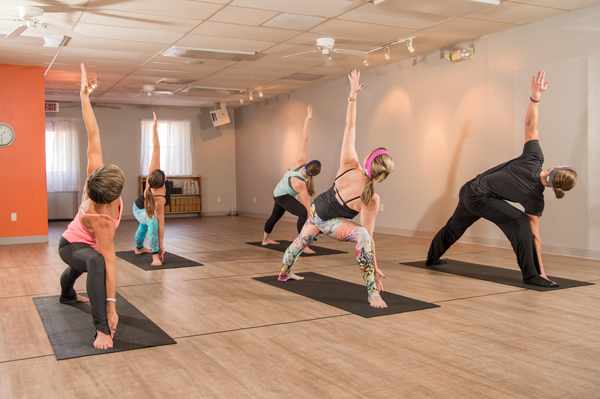How to Use Yoga for Better Sleep

Millions of people practice yoga to relax, get in shape, improve flexibility, and have fun. But did you know that you can also use yoga for sleep?
A recent study revealed that more than 55 percent of people who practice yoga reported improved sleep. Yoga for insomnia is especially effective, with evidence revealing that a daily yoga practice can help people suffering from insomnia fall asleep faster, sleep longer, and get back to sleep quicker if they wake up.
Why Yoga for Sleeping Problems Works
Yoga can help you sleep better because it relaxes both your mind and you body. A mind and body free from tension can help you fall asleep faster and stay asleep longer.
Anxiety is a major reason why so many people have trouble sleeping, and yoga can help keep anxious thoughts at bay. Specifically, yoga can:
- Lower cortisol levels. Cortisol is the body’s stress hormone and yoga has been shown to lower it.
- Stimulate the parasympathetic nervous system. Often referred to as the "feed and breed" system, the parasympathetic nervous system is responsible for regulating digestion and sexual arousal. It's also responsible for slowing the heart rate and lowering blood pressure after the "flight or fight" response is triggered. Yoga can sooth the parasympathetic nervous system.
- Ease muscle and joint pain. All the stretching you do when practicing yoga can melt tension throughout the body. It's always easier to sleep when your body is free from pain.
- Increases oxygen circulation. Yoga's focus on breathing renews and calms the body with fresh infusions of oxygen.
- Improves breathing. Learning how to steady your breath and open the nasal passages can help prevent snoring and other breathing issues that can negatively affect your sleep. You can even use yoga for sleep apnea, which is a serious sleep disorder in which breathing repeatedly stops and starts.
Yoga for Sleep Positions
There are many different styles of yoga you can do before bed to help you sleep. Experts recommend avoiding more active styles like power yoga or vinyasa yoga. Instead, opt for gentler styles like yin yoga.
You don't need to do a long session to use yoga for better sleep. Doing a few simple poses can have a big impact.
There are many yoga positions that can help you get better sleep. They range from easy moves anyone can do to moves that should only be attempted by an experienced yoga. Some simple yoga poses for better sleep include:
- Upside down pose: Lie on a flat surface and place your legs against a wall so you look like an L.
- Lying down butterfly pose: Lie on a flat surface, then press the bottoms of your feet together. Let your knees fall to the side, stopping before it becomes uncomfortable. (Placing a pillow under your knees can help relieve discomfort.)
- Corpse pose: Simply lie on your back with legs straight, arms by your sides, and palms facing up.
- Child's pose: Sit with your legs folded under you. Then bend forward, bringing your forehead to the floor. Lower your chest to your knees then stretch your arms long in front of you.
- Twist pose: Sit and place your right hand on your left knee. Place left hand behind your back. Gently twist left, allowing your gaze to look over your left shoulder. Follow by twisting in the opposite direction.
Try to hold each pose for at least 30 seconds and focus on your breath as you settle into each pose. Tune into each inhale and exhale; imagine tension releasing with each exhalation.
A final tip is to use SleepPhones® while practicing yoga for better sleep. Billed as the world's most comfortable headphones for sleeping, SleepPhones® feature flat speakers in a soft headband. Many people who practice yoga find that SleepPhones® are the perfect way to listen to guided meditations or relaxing audio to block out everyday distractions.
